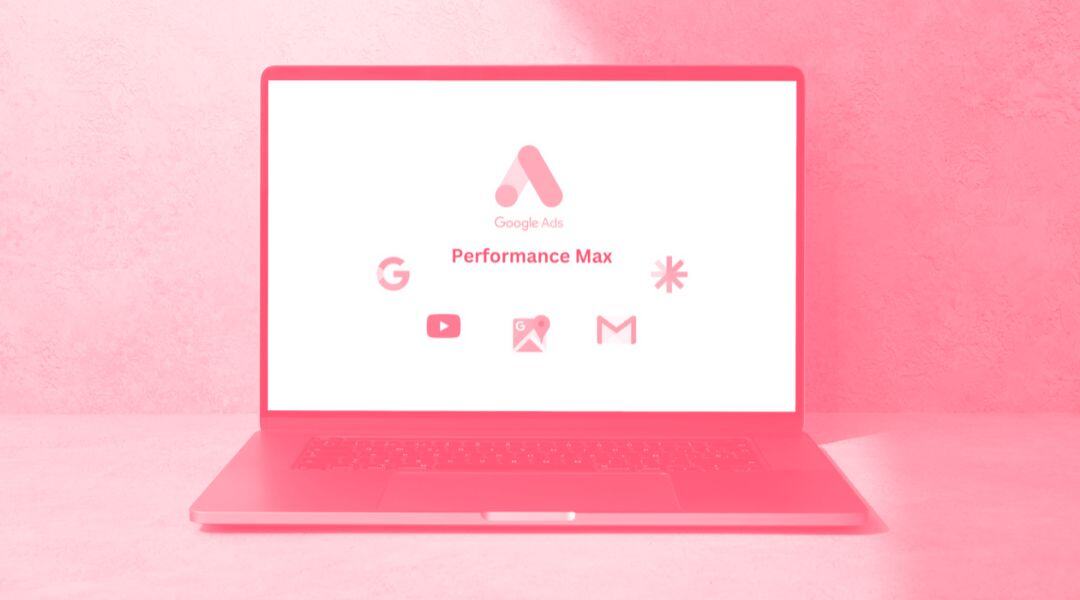Cross-selling and upselling: How to scale your e-commerce with data intelligence
In the world of e-commerce, making a sale is only half the game. The other half, and the one many underestimate, is how to get each customer to buy...
Plan, activate and control media to hit targets with precision.
Turn data into smart decisions with advanced analytics and modeling.
Efficiency, governance and scale for agencies and teams.
![[Ebook] SEO + AI: eBook to Master AI Overviews and GEO](https://www.adsmurai.com/hubfs/MKT%20-%202025/WEB/Resources%20-%20Banners/HeaderEN_Ebook_SEO+AI.png)
[Ebook] SEO + AI: eBook to Master AI Overviews and GEO
Learn how to structure and distribute your content so generative models can understand it, trust it, and reuse it in their answers. A practical guide to compete and appear in AI Overviews and AI-powered assistants.
Discover more
In an increasingly competitive environment, having an ecommerce or selling through marketplaces is no longer a differential advantage. It's simply the starting point.
What truly matters today is not just being present, but how you activate and optimize that presence to generate real results: visibility, conversion, and sustainable growth.
And to achieve this, it’s not enough to have a well-designed online store or appear on platforms like Amazon, Miravia, or Carrefour. You need a connected strategy that integrates product feed, media, creatives, and measurement under a single business logic.
In this article, we break down the key pillars to make your ecommerce and marketplace strategy actually work. With a 100% performance-driven approach, backed by technology and real examples from brands already doing it.
TABLE OF CONTENTS
Both models can (and should) coexist. In fact, most successful brands do it. But to make it actually work, you have to take it seriously. Here's how:
Selling through your own site or via platforms like Amazon, Miravia or Carrefour is not the same thing.
But they don’t have to be enemies. In fact, the fastest-growing brands are the ones that know how to make both channels work together:
| Own Ecommerce | Marketplaces |
| Full control over brand and UX | Massive audience and guaranteed traffic |
| Higher margins | Commission-based or per-sale costs |
| CRM and retargeting strategy | Instant visibility and sales volume |
| Requires traffic investment | Requires visibility and ranking optimization |
🎯 The key: your ecommerce builds your brand, marketplaces scale your business. It's not one or the other — it's about designing an ecosystem where both support each other.
Everything starts with the product. But it’s not just about the physical product — it’s about how you present it, structure it, and make it discoverable.
On marketplaces, this is amplified through the famous product feed. If yours isn’t clean and optimized, good luck showing up in results.
🛠️ Pro tip: with solutions like Adsmurai Feeds, you can centralize and automate catalog optimization across platforms. Save time, avoid errors, and boost performance.
Just because your product is published doesn’t mean people will see it or buy it.
Nowadays, qualified traffic doesn’t show up on its own. You need to activate it through well-designed campaigns, where every euro works for you. This is where combining owned media (your ecommerce) with third-party platforms (marketplaces) becomes key without depending solely on one or the other.
💡 Did you know Amazon has disappeared from Google Shopping?
For months now, the ecommerce giant has stopped showing its products in Google Shopping ads. This means there’s now more space for other brands that activate Performance Max campaigns. In short: if your feed and campaigns are on point, you can gain visibility where it was nearly impossible before.
That’s a game-changer.
How to take advantage of it?
🧠 Pro tip: it’s not about choosing one channel it’s about activating them in sync and measuring their actual impact on sales. That takes tech, not luck.

Creativity is still what makes you stand out. But now it must be:
🎨 With Creativ_, we generate realistic product visuals adapted to each campaign.
Don’t fall into the “I have tons of dashboards” trap. What you really need is fewer data points — but actionable ones:
📊 With tools like Campaign Insights AI or Marketing Mix Modeling (MMM), you can answer these questions and make decisions based on data not gut feelings.

No, omnichannel doesn’t mean “we’re also on marketplaces.”
It means having a unified strategy that connects your ecommerce, media channels, and marketplaces with data flowing between them.
⚙️ You can orchestrate all of this through Adsmurai Marketing Platform. That’s what brands like HP, Nina Ricci, and Chiquilín do.
If you’ve made it this far, you already know what’s next: bring order to the digital chaos. Making an ecommerce or a marketplace work isn’t about getting lucky, uploading more products, or throwing more money at ads.
It’s about having a clear strategy, a connected ecosystem, and technology that works for you.

In the world of e-commerce, making a sale is only half the game. The other half, and the one many underestimate, is how to get each customer to buy...

1 min read
If you've ever felt like managing Google Ads campaigns is like playing Russian roulette with your budget, don't worry, you're not alone. Google knows...

One of the biggest challenges for marketing and digital advertising managers within brands is to effectively measure the success of their social...